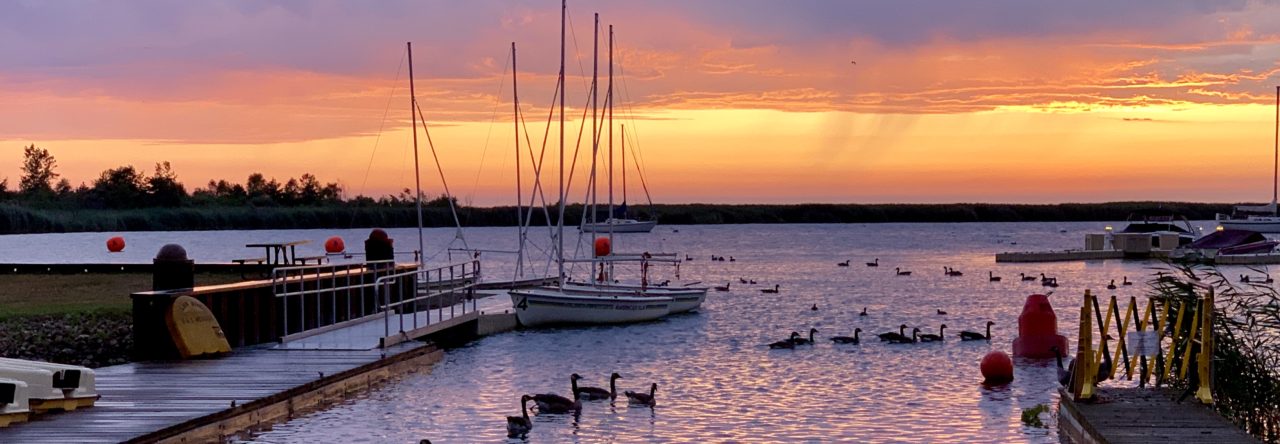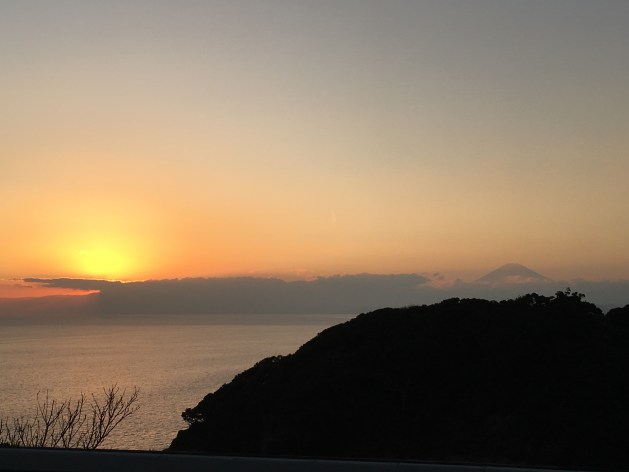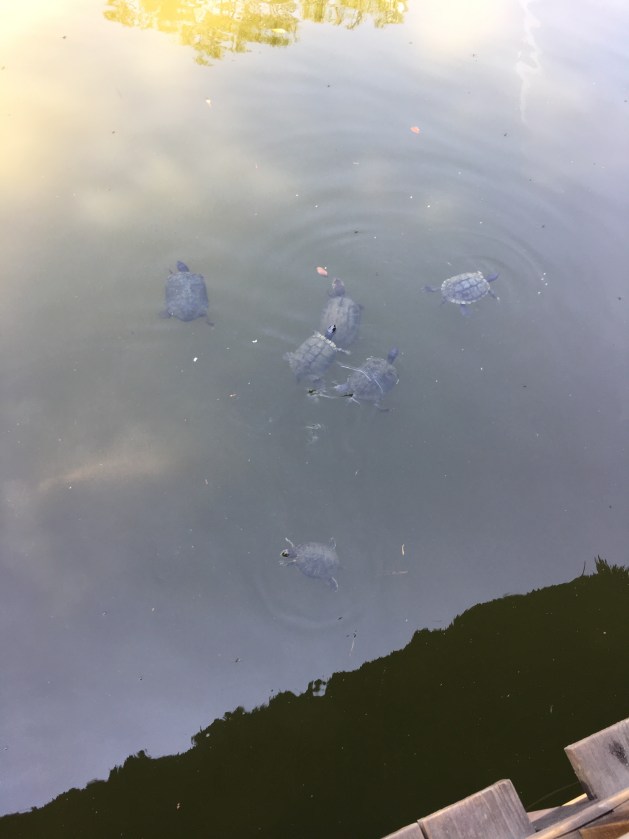My friend, Miki, invited me to go with her to the Torinoichi Festival on November 30th. Torinoichi means Festival of the Rooster (2017). The purpose of the festival is to sell good luck charms and the promise of a profitable future. One of the main items to purchase is a Kumade (a wide bamboo rake). Each of these creations are displayed on a bamboo rake. It’s like a diorama of lucky Japanese items. But, instead of a shoebox, a rake is used. There were many vendors selling Kumade.

The Kumade symbolizes bringing in a huge profit like a rake brings in leaves. There were so many options for what specific lucky charm you wanted on your Kumade. I took a couple close up pictures to help you see the details. Lots of animals, sake barrels, rice clusters, coins, Seven Lucky Gods, dogs (2018 is the year of the dog), welcoming cats, and daruma dolls.



As we walked around the festival when someone purchased a Kumade, it was blessed. Look closely at the Kumade, you can see it is indeed a rake.
http://wabisabisole.com/wp-content/uploads/2017/11/img_8498.movAnother lucky purchase.
http://wabisabisole.com/wp-content/uploads/2017/11/img_8496.mov
The festival is held three times in November and the vendors sell their Kumade late into the evening. We went early before it was too crowded!

The prices of the Kumade are not listed. You must ask the seller for the price. Miki did a little Google research for me. Here is the information she supplied about the prices.
From Miki:
Private person ¥1,000-¥3,000 (smallest).
Private industry ¥5,000-¥15,000.
Small-Medium company ¥10,000
Big company ¥30,000-¥200,000
Corporations ¥1,000,000 (Biggest)
The big ones are HUGE!



Here is the interesting part. Each year, new Kumade are purchased and the old ones are returned. The same amount of money is paid for a new Kumade. It is considered bad luck to keep the old Kumade. The old Kumade are returned to the Shrine and placed in huge dumpsters. Out with the old, in with the new!



The Shrine is illuminated with lanterns. The lanterns announce the name of donors. The higher the lantern is placed, the larger the donation. The line going through the lanterns is for making your wish.

As with any festival, there were a lot of food vendors. Such an amazing variety. It was great to have Miki with me to translate and explain items.
Like the fried and salted spaghetti.

Or the smoked and salted fish on a stick.

Some needed no explanation.



So many bananas.


I enjoyed the evening learning more about Japanese culture from Miki. She is such a wonderful person and great friend. I’m lucky to have met her!












 The floating Torii was impressive. If only the lighting was more cooperative.
The floating Torii was impressive. If only the lighting was more cooperative.































































































































































































































































